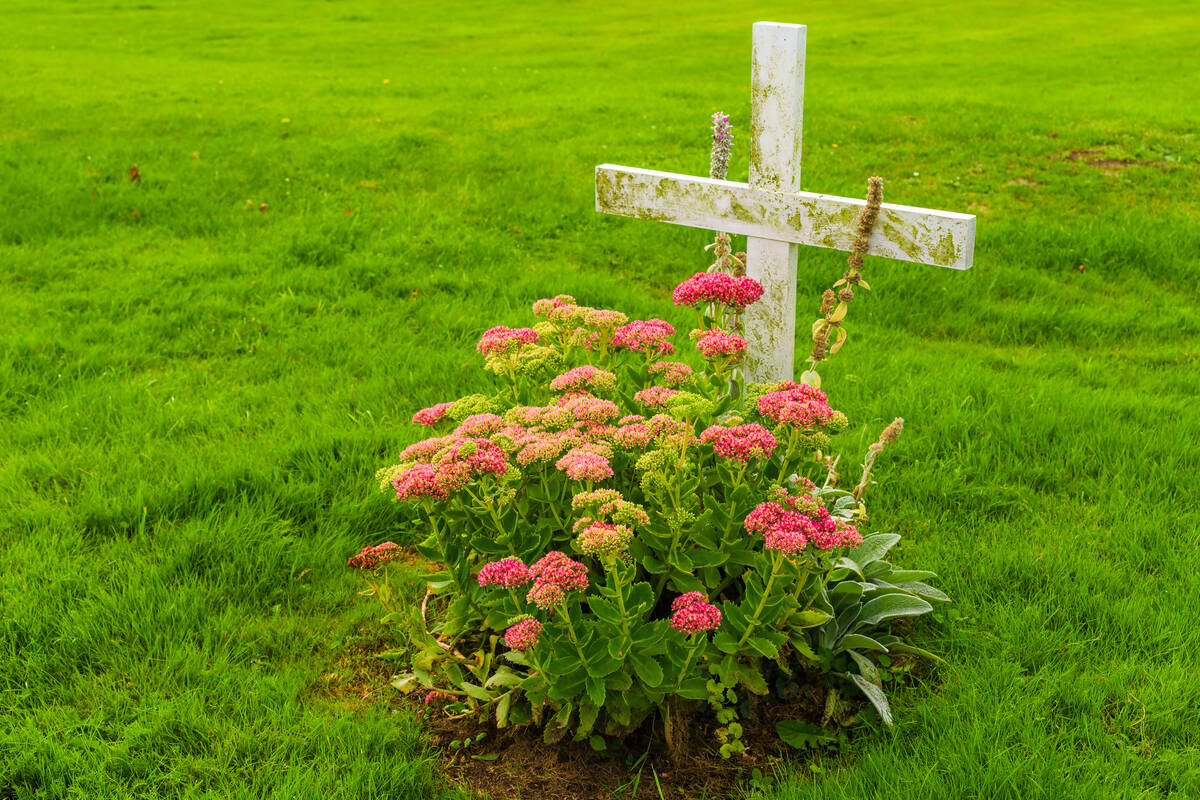Savvy Senior: Tips for arranging to have a green funeral
Dear Savvy Senior: What can you tell me about green funeral options? At age 80, I would like to preplan my funeral and make it as natural as possible. — Old Environmentalist
Dear Environmentalist: Green funeral options are becoming increasingly popular as more and more Americans are looking for environmentally friendly alternatives to traditional funerals. Here’s what you should know about “green burial” and “green cremation” options, along with some tips to help locate services in your area.
Green burial
If you wish to be buried, a green/natural burial will minimize the environmental impact by forgoing the embalming chemicals, traditional casket and concrete vault. Instead, you’ll be buried in either a biodegradable container or shroud with no vault, and you won’t be embalmed. This allows the body to decompose naturally and become part of the earth.
If you want to temporarily preserve the body for viewing or a memorial service, instead of embalming, you can request dry ice or Techni ice, a refrigeration unit, or a nontoxic embalming agent.
You’ll also be happy to know that green burials are much cheaper than traditional funerals, which average around $8,000 in 2023. By scrapping the coffin, vault and embalming, which are expensive, you’ll save several thousand dollars on funeral costs.
To find green burial services, a good first step is to see if there’s a certified green funeral home in your area and contact them. The Green Burial Council offers an online directory of providers and other resources at GreenBurialCouncil.org.
If there isn’t one nearby, your next step is to contact traditional funeral homes to see if they offer green funeral service options — many do.
You’ll also need to find a green cemetery. There are nearly 100 green cemeteries throughout the U.S., along with more than 300 traditional cemeteries that also offer green burials.
If there are no green cemeteries nearby, you can still make your burial more environmentally friendly by not being embalmed and, if the cemetery allows, using a biodegradable casket or shroud and skipping the vault. If a vault is required, ask to have holes drilled in the bottom, or use a concrete grave box with an open bottom so the body can return to the earth.
Green cremation
If you would rather be cremated, you have some green choices here, too. While cremation has always been touted as being more eco-friendly than a typical burial, a traditional cremation, which uses high heat to incinerate the body, does emit greenhouse gases.
But a green cremation uses water and potassium hydroxide to reduce a deceased body to bone ash within a few hours. This green technique, which is known as alkaline hydrolysis, is a little more expensive than traditional cremation, and unfortunately, it’s not legal in every state. Contact some local funeral providers to find out if this is available in your area.
Another green consideration is deciding what to do with the remains. Instead of scattering, which can be harmful to the environment, there are a wide variety of biodegradable urns that dissolve into the earth or water over time, and memorial urns that will grow a plant or tree in combination with your ashes.
Send your senior questions to: Savvy Senior, P.O. Box 5443, Norman, OK 73070, or visit SavvySenior.org.

















